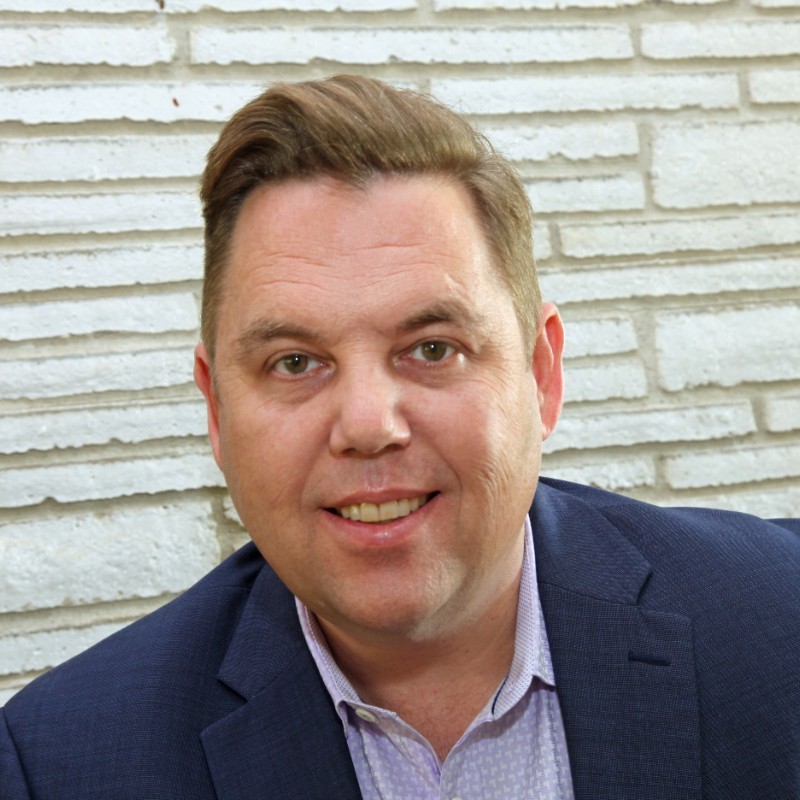Nov 12
2021
Data and An Omnichannel Customer Experience Breathe Life Into Healthcare Consumerism

By Chris Evanguelidi, director, enterprise healthcare market, Redpoint Global.
In a new Harris Poll survey commissioned by Redpoint Global, consumers ranked healthcare near the bottom among several industries in delivering an “exceptional customer experience.” Just 13% regarded their experiences as exceptional, about equal with travel/hospitality but significantly below retail (26%) and financial services (23%).
Interestingly, when asked which industry should be the best at providing such an experience, healthcare polled first in three of four elements of customer experience (CX). More than a quarter of all consumers surveyed expect healthcare should rank first in personalization, consistency and customer understanding. (Only financial services ranked ahead of healthcare in the privacy dimension, 34% to 28%.)
An expectation for a consistently personalized experience in which a healthcare provider or insurer exhibits a personal understanding of a consumer is the core of the healthcare consumerism movement, which is a recognition and affirmation that the healthcare consumer controls an individual healthcare journey. Yet consumers increasingly question why fragmentation along channels, locations and data seems to be the norm.
A face-to-face meeting with a physician may provide an overall positive experience, but for the patient, it is only part of a journey, which may have included research, questions and appointment setting before the doctor visit, and follow up care, prescriptions, payments and further research after the point of care.
When the customer journey is disjointed, it becomes very difficult for any stakeholder in the consumer’s care to have a personal understanding beyond their area of interest. This, in turn, further erodes a seamless experience because the next steps are not optimized based on a unified, up-to-date view of the consumer. Social determinants of health, engagement preferences, behaviors, existing care gaps and other data points need to be presented to payers and providers in real time, at the point of interaction, to deliver the consistent, personalized experience consumers have come to expect.
Meet Expectations with a Single View
An updated, real-time single view of the healthcare consumer is the basis for providing an omnichannel customer experience that aligns with expectations. An omnichannel CX places the healthcare consumer at the center of every interaction, delivers consistent communications across a connected healthcare journey and – importantly – allows the consumer to begin a process in one place and finish it in another, seamlessly.
Think of an omnichannel CX in the context of a typical in-person appointment with a physician. While a physician will of course put the needs of the patient first, that top-level, personalized care is often confined to the duration of the visit. The omnichannel experience, by contrast, offers a connected, patient-first experience on any channel and across all caregivers in the ecosystem providing care along with the financial transparency of the cost of care.
With data integrated from all sources, the physician knows everything there is to know about the patient at the point of care, and can thus deliver a more proactive, relevant, personalized experience that factors in every engagement and ultimately delivers a better experience and health outcome.
As the healthcare consumer journey unfolds, each interaction – from the consumer’s standpoint – seems to be a natural extension of the visit. Whether online or offline, with various caregivers or other ecosystem stakeholders like their insurer, the journey is all part of the same relationship, resulting in an unforced, natural continuation of a conversation. Information is provided at exactly the right time and personalized for each patient’s holistic situation.
Omnichannel CX in Action: Closing Care Gaps
One real-world use case for having a single platform to deliver an omnichannel CX is closing care gaps. In a typical scenario where clinical, claims and/or behavioral data are siloed by channel (payer vs. provider), stakeholders may share a common goal – driving care gap appointments – but outreach is often hit or miss. How often does a consumer know the provider’s office hours, for instance, or the best available time to make an appointment so they don’t have to wait for the doctor upon arrival?
Does the consumer have transportation? Driven by integrated data and a single view of the consumer, an omnichannel experience would account for every variable. Access, availability, transportation and other social determinants such as location, language and/or physician gender preference, channel engagement preference (SMS, email, phone, etc.) – all of it would be used to coordinate and optimize appointment scheduling hyper-personalized and relevant for each consumer.
A Better Experience, Better Outcomes
The global pandemic contributed to exalted consumer expectations for a holistic, omnichannel experience. Telehealth visits, online scheduling, automated prescription refills and home delivery all increased, and healthcare consumers, pleased with the convenience and more personalized access to care, are reluctant to revert to the fragmented system of old.
The healthcare consumerism trend has arrived and the time to act is now. To put the patient not only first, but at the center of a healthcare journey that connects every channel and every person or organization vested in a consumer’s health, depends on having the right data at the right time. A unified single view of the healthcare consumer is the key to delivering an omnichannel CX that will ultimately drive better health outcomes.